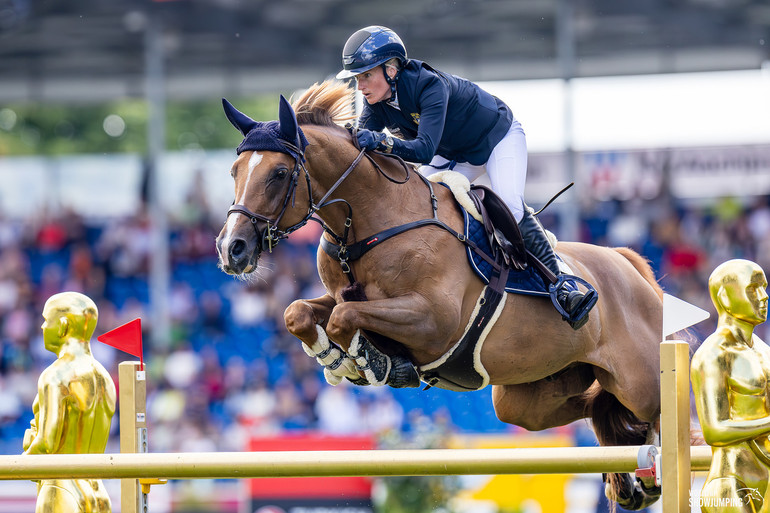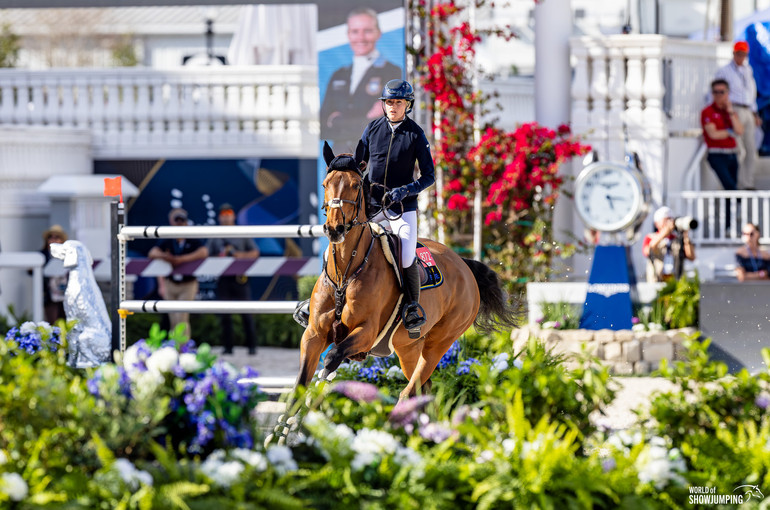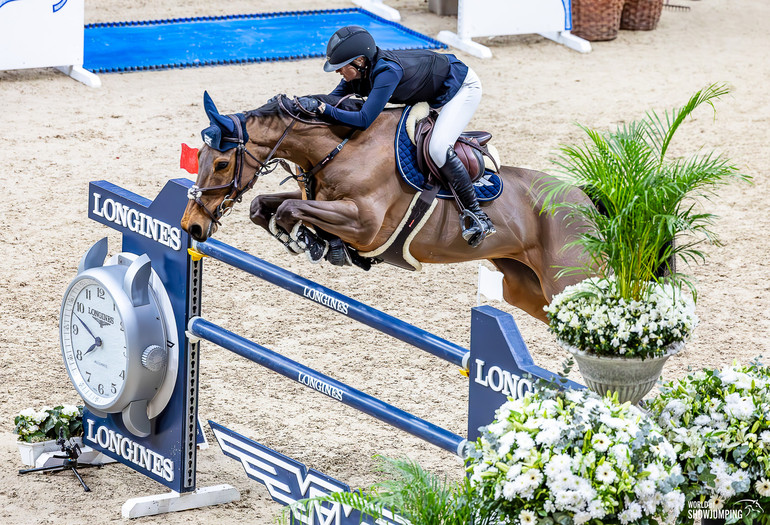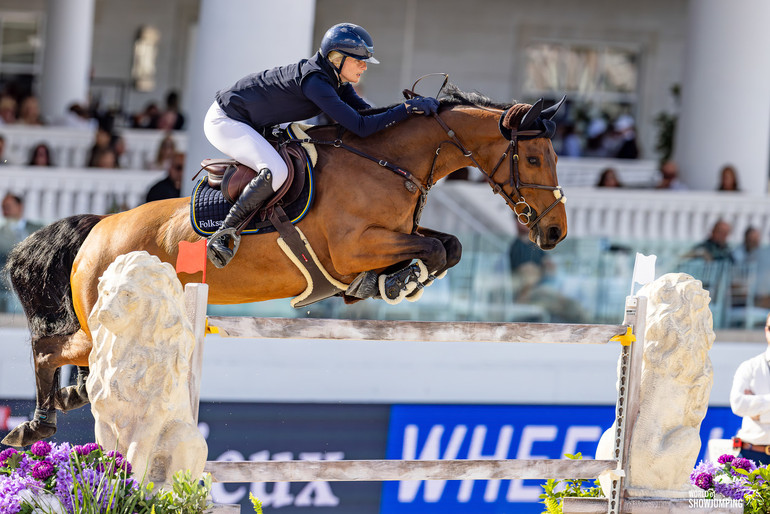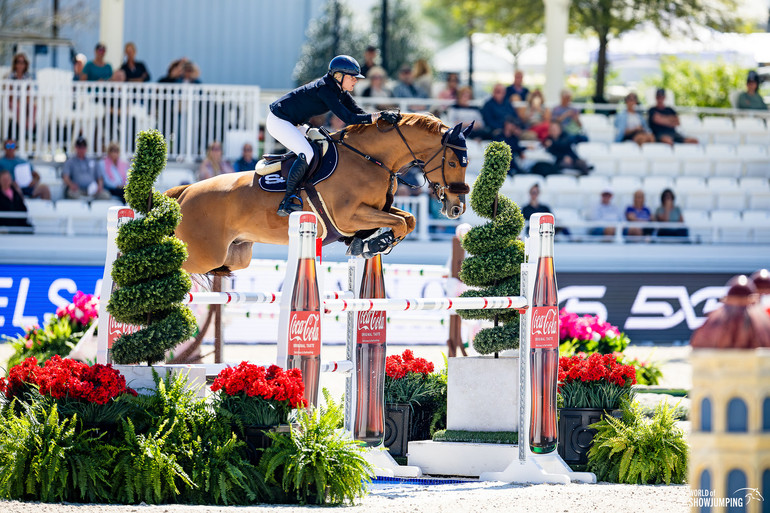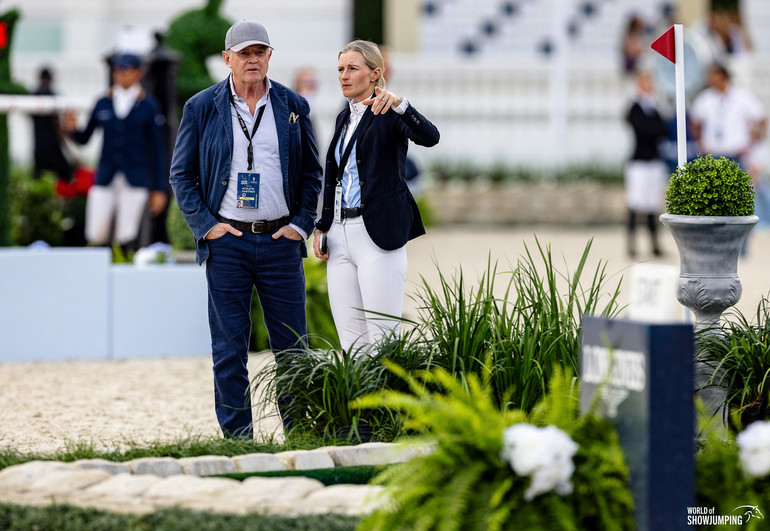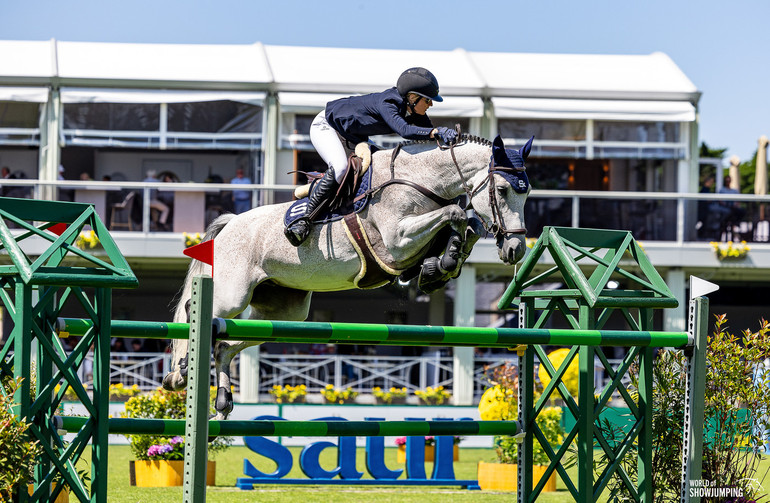Text © World of Showjumping
Even though she is seasoned at five-star level, Sweden’s Petronella Andersson does not make her plans around the busy international calendar – for her, it is the future stars that decide the schedule. “I don’t do five-star shows every weekend and it's also not my goal,” the 33-year-old tells World of Showjumping. “I have a lot of young horses that need to be produced. My goal is to build up the young ones in the best possible way and to be competitive when I have an opportunity to jump at the bigger shows.”
For the past ten years, Petronella has worked at Stephex Stables and produced many horses for the very top of the sport; Malin Baryard-Johnsson’s superstar H&M Indiana and Kent Farrington’s former win machine Creedance being two of those that have passed through her stable. This season, Petronella has introduced two talented 10-year-old mares to five-star level with great success. Opaline de W&S (Etoulon VDL x Zirocco Blue VDL) finished fifth in the CSI5*-W 1.60m Longines FEI Jumping World Cup™ in Verona, while Odina van Klapscheut (Zazu x Landor S) placed third in the CSIO5* Rolex Grand Prix in Rome. Another horse that Petronella has produced herself is the 13-year-old Castres van de Begijnakker Z (Coriano Z x Palestro van de Begijnakker), who was part of the Swedish team at the 2023 European Championships in Milan.
“That's our main business at Stephex; to buy six or seven-year-olds and then build them up for the top sport,” Petronella explains. “Naturally, some of them will get sold on the way, that's part of it as well.”
When competitiveness runs in the family
Being focused on producing young horses does not mean that Petronella isn’t competitive – quite the opposite. Her riding career started at the age of three, on a pony that was gifted to her by family friends. “My mum was always into horses, but only as a hobby rider. For me it started as a hobby as well, but slowly I got into showing. My family is very sports orientated and competitive, and when the shows began to go quite well, they thought we needed another pony – and that's how the ball started rolling. I did my first Swedish championships when I was ten and ended up doing the Europeans for ponies, juniors and young riders as well.”
When Petronella finished school at nineteen, she decided to take a year off. “I wanted to go abroad to see what it was like to work with horses professionally,” she explains. “In my summer holidays, I had gone to Belgium so I had a bit of an idea. And here we are, 14 years later.”
Finding her home in Wolvertem
At first, Petronella worked for Peter Bulthuis, before moving on to Stal Hendrix in the Netherlands. "During my time at Hendrix, I rode one of their horses to individual silver at the young rider Europeans," Petronella says. "They were fantastic to me and gave me a great opportunity to learn in both sport and business – they are like my second family."
In 2014, Petronella joined the team at Stephex Stables, where she has stayed to this day. “As Stephex riders we are very lucky because Stephan is very supportive of our sports careers,” she tells about the CEO and founder of Stephex Stables, Stephan Conter, who is also her partner in life. “He really loves the sport. However, when I got here, I was not promised to do five-star shows – not at all. I came to do the two- and three-star shows, knowing that a huge part of what Stephex does is building up young horses."
“At the moment, I have 12 horses and three employees that work with me,” Petronella tells about her team. “We have one stable manager, Christoph, who organizes a lot for everyone, but I would say I manage my team myself. We have a full-time blacksmith and full-time vets, so we have a lot of support. However, we have a lot of responsibility, and you learn to be quite productive and solve problems. For many riders, the most difficult aspect of the sport is seeing that the business keeps running. Thanks to Stephan, we don’t have to carry the financial burden of doing this sport, which is a huge relief. However, it is up to us riders to be awake and look for talented young horses and see that there is something coming up all the time. And of course, if your best horse is sold, it's the same for everyone; you need to take a small step down. Sometimes it can also create new opportunities; often it opens the door for another horse.”
“In the end, these horses turn out to be our best friends. We work with our horses every day and they mean a lot to us. Therefore, it's always difficult to see them get sold,” Petronella explains about the reality of working for a trading stable. “It’s always with a bit of heartache, but knowing that the horses will get the same attention in their new home is something that makes me feel better.”
Can we be friends?
Petronella’s current string includes horses that she has worked with for years and produced with great care. “When you start with a young horse, it's easy to get a little bit lost on the way,” she tells about the years-long process. “You will always meet setbacks which might make you question yourself and the ability of the horse. When I start with a new horse, I try not to ask too much, but simply spend time with them and integrate them into our system. I like to have them in the fields and hack out with them on the race track and just become friends.”
“In general, I think flat work is the most important thing,” Petronella points out. “It's not that I really need to teach a horse how to jump – because that horse Stephan would not put in our stable in the first place. I'm privileged to have good quality horses to work with; usually the jumping part is the easiest part, it's more about building them up, making them stronger and fitter. What I think is really important, especially since we are a dealing stable, is that most people can get on the horses and feel comfortable. That's also my biggest responsibility; to make the horses rideable.”
Sixth sense
Recognizing exceptional talent in young horses is not simple though. “When I got the horses that are currently my top horses, it was not that I immediately thought that they would end up jumping a five-star Grand Prix,” Petronella explains. “I think it's something that grows and the partnership between horse and rider also affects what can be achieved. It's also very nice to see young horses that I have worked with go on to be successful with top riders. It makes you think about what you felt when you tried them, and I try to take this with me."
"When I try horses, in general, I try to compare a little bit to what I have felt in the past," Petronella says. "However, we don't really get to decide which horses we buy, in the end Stephan is in charge. That is a good thing, because many times what you feel and what you see can be two very different things. I think Stephan has a sixth sense; he can really look through a young horse and see what they can become. I've seen him select the right horse time after time; it's quite impressive.”
“Stephan has played a huge part in my career, as he has done in the careers of all the riders that work at Stephex,” Petronella continues. “At times, he doesn't get the credit that he deserves. Seeing what he has invested in us – not only money but time and attention – he really deserves all the credit because without him we would for sure not be able to do what we are doing at Stephex.”
Producing future superstars
Last year was the first time Petronella put up a big goal, the European Championship in Milan. “I wanted to be on that team and we managed to get selected, although once we were there it didn't really turn out the way I had hoped. However, that's like any other show; you have good and bad weekends.”
“I didn't set a big goal for this year,” she reflects on the past year. “I wanted to go based on the feeling of my horses; if they would have felt ready, I thought about trying for the Olympics. However, in the end, we have a very strong team in Sweden. We are not many, but the ones that we have are very good and have exceptional horses. Therefore, I was not disappointed to not get selected for Paris. I had a good season anyway. A big achievement for me was to be double clear with Opaline in her first Nations Cup at CHIO Aachen, and placing third with Odina in her first five-star Grand Prix in Rome. I have produced these horses myself: I got Opaline when she was six and Odina when she was seven. It's a journey you do together and it has been fun stepping them up now.”
“Next year, we have the Europeans coming up and that's definitely a goal,” Petronella concludes. “I think I have two quite exceptional 10-year-old horses in Opaline and Odina. It’s easy to make a plan now, but usually there will always be little setbacks on the way, so you need to see that you have a bit of extra time and not make plans that are too ambitious. For me, I really enjoy Nations Cups. Now it's also a time where the younger generation has to step up for the Swedish team. The ones who have been on the team for a long time are very supportive. However, it's still competitive – and I like that vibe. We know each other well, so we know how to handle each other, and it's always an honour for me to get to ride with them – it pushes me to become better.”
11.12.2024 No reproduction of any of the content in this article will be accepted without a written permission, all rights reserved © World of Showjumping.com. If copyright violations occur, a penalty fee will apply.



